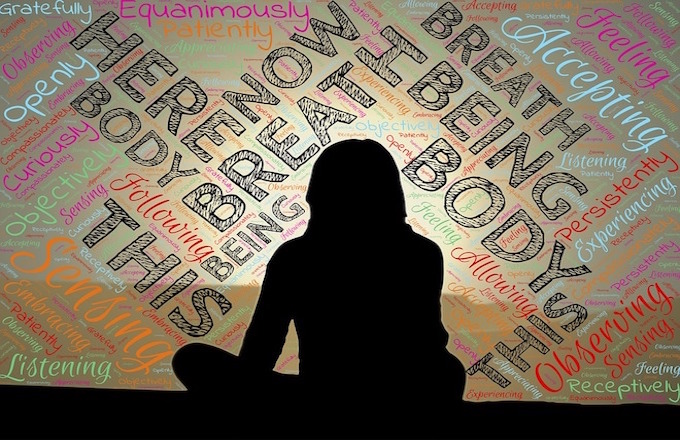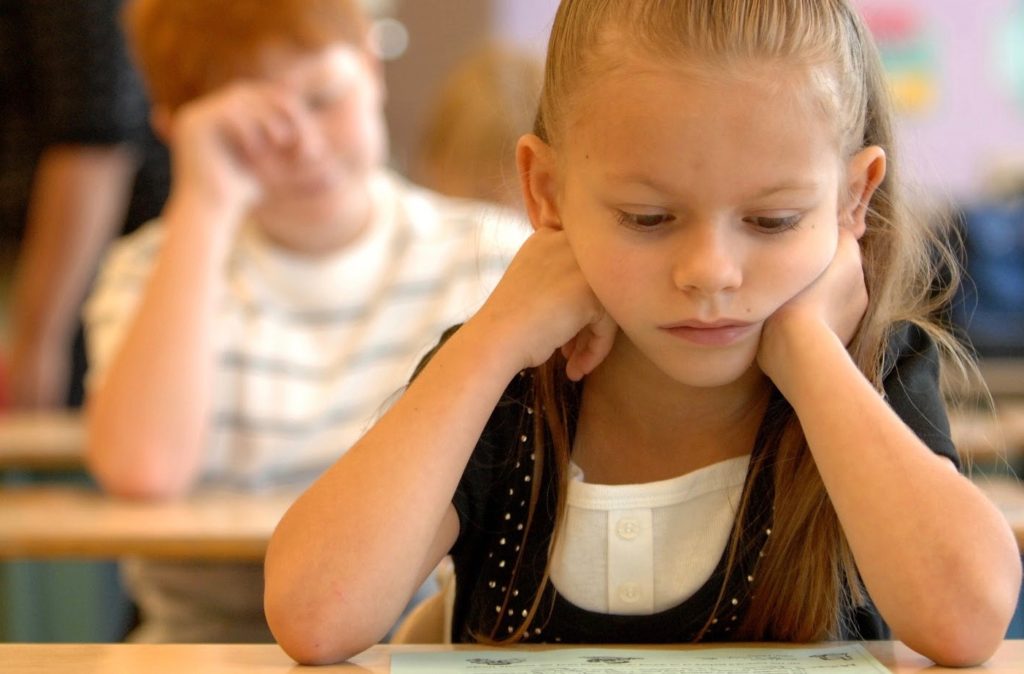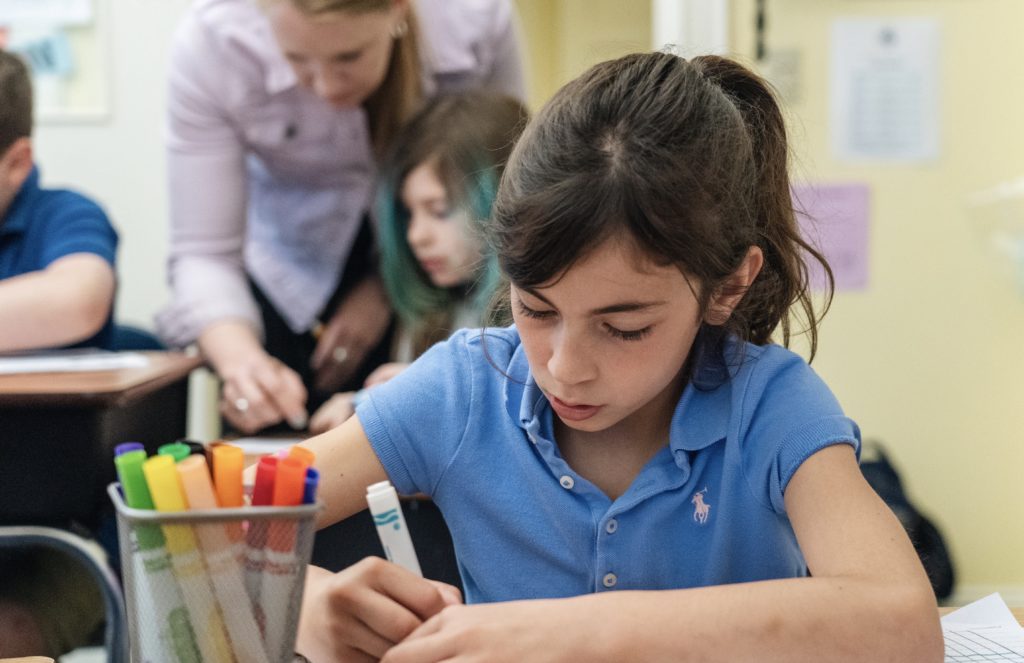What is Mindfulness?
Mindfulness is an ancient Buddhist practice meaning, “to live fully in the present moment with intention and without judgment” (Kriyonich, 2017). It’s the act of paying attention to what you are doing while you are doing it (Buck, 2017) or being present in the moment.
Why Teach Mindfulness?
Study outcomes suggest that mindful meditation decreases anxiety and detrimental self-focus, which, in turn, promotes social skills and academic success for students with learning disabilities (Beauchemin, 2008). Research over the years has identified benefits of mindfulness in each of the following areas:
- Social emotional health: The practice of mindfulness helps students to increase self-esteem and self-acceptance, reduce stress levels by taking a break from the bday, and develop a sense of calm. Did you know that three calming breaths can reset the amygdala (the emotion center of the brain)?
- Physical, intellectual, and cognitive abilities: Consistent incorporation of mindfulness has been shown to decrease heart rate, blood pressure, breathing rate, and muscular tension. It can increase immune and digestive functions, as well as improve executive functions. Overall, mindfulness can strengthen attentional capacities of the brain.
- Metacognitive thinking: By utilizing mindfulness principles, students can “create space” in their minds. For example, students can count to 10, possibly also using a physical anchor (such as the hand on the stomach). Processes (or mindfulness exercises) such as this one can bring awareness to the brain and body.
- Attention Deficit Hyperactivity Disorder: A University of California study found that sustained mindfulness practice provided results comparable to those from pharmaceuticals used to treat ADHD. With the understanding that the brain is a muscle, students can use mindfulness to train direct attention to specific stimulants. In order to develop this skill, students might begin with cues for focused listening, which can include a specific focus within the body (notice how you feel) or a surrounding sound (the clock, birds outside). This helps to hone sensation versus perception in instances where one might notice something but not react to it. All of these skills help to regulate attention.
How Does This Connect to Landmark’s Teaching Principles™?
The incorporation of mindfulness in the classroom is an example of Landmark’s second teaching principle, “Use Multiple Modalities,” because there are a variety of ways to bring this practice into the classroom. Each of the suggested mindfulness methods can include multiple learning style types: auditory, visual, or kinesthetic. Utilizing more than one learning style makes it possible for all types of learns to take part in the practice, and it also provides for more successful learning when different parts of the body and brain are focused. For the full text of Landmark Teaching Principles™, including “Use Multiple Modalities,” click here.



